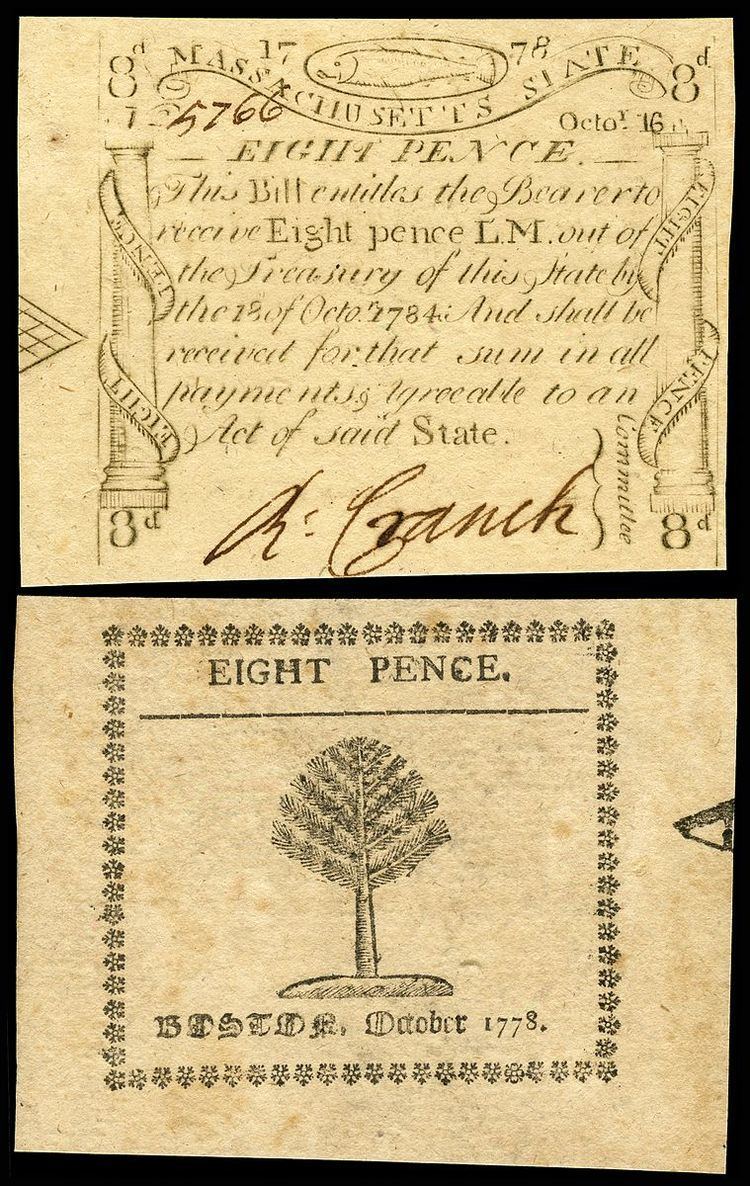 | ||
In early 18th century Colonial America, engravers began experimenting with copper plates as an alternative medium to wood. Applied to the production of paper currency, copper-plate engraving allowed for greater detail and production during printing. It was the transition to steel engraving that enabled banknote design and printing to rapidly advance in the United States during the 19th century.
Engraving and printing at the U.S. Treasury
The first series of Federally-issued United States banknotes was authorized by Congressional acts on 17 July 1861 (12 Stat. 259) and 5 August 1861 (12 Stat. 313). While the Demand Notes were issued from the United States Treasury, they were engraved and printed elsewhere. In 1861, in fact until the mid-1870s, the Treasury Department lacked the facilities or infrastructure to engrave and print the bulk of it financial paper and therefore relied on external contracts with private bank note companies. By means of a Congressional act dated 11 July 1862 (12 Stat. 532), the Secretary of the Treasury received authorization to purchase machinery and employ the staff necessary to manufacture currency at the Treasury. It was not until 1877 (19 Stat. 353) that the Bureau of Engraving and Printing was given funding for labor, paper, transportation, and other expenses with the provision that all work be conducted on site, and for a price commensurate with that of the private bank note companies. On 1 October 1877, the BEP took over the production of both United States Note and National Bank Note production.
